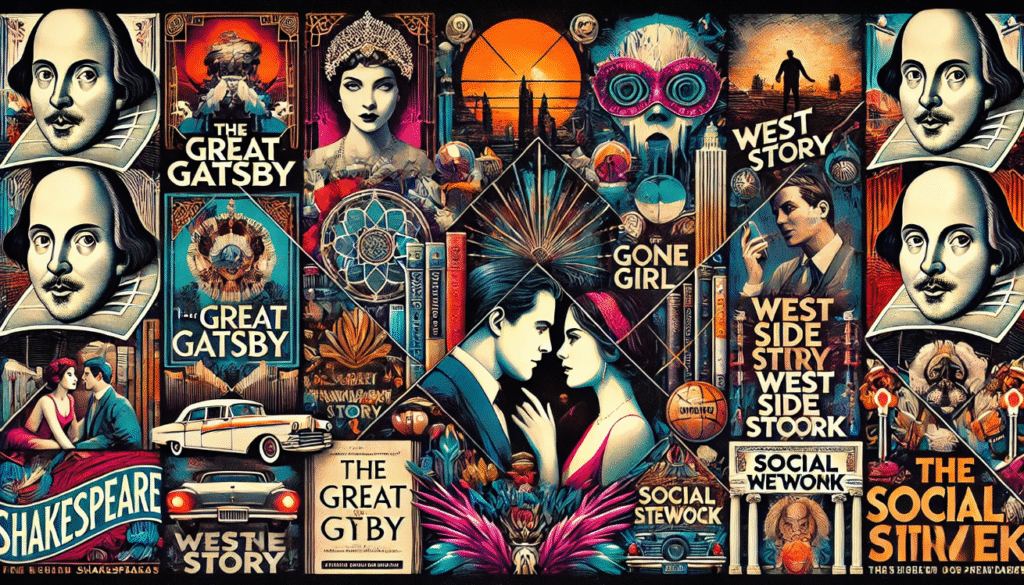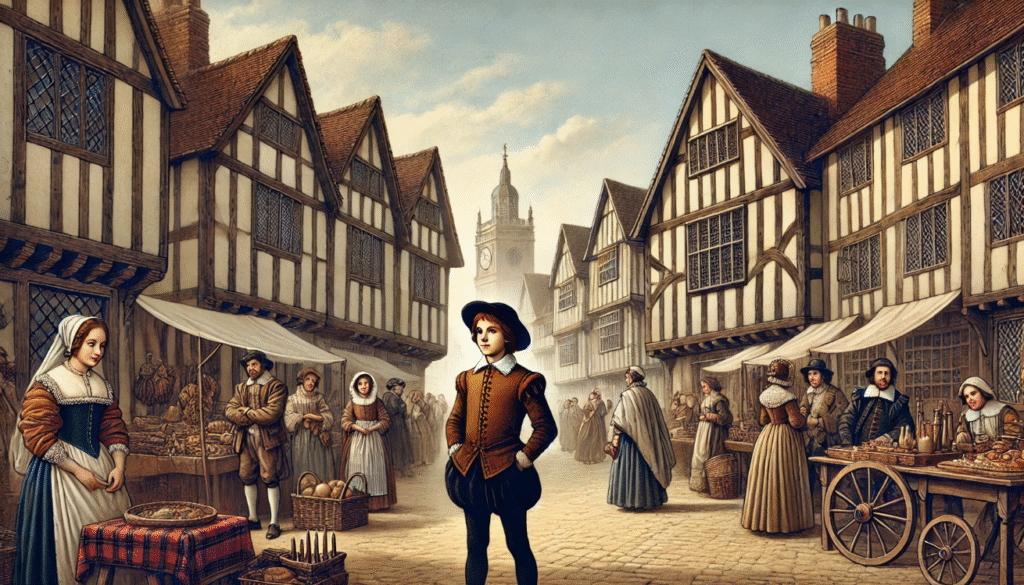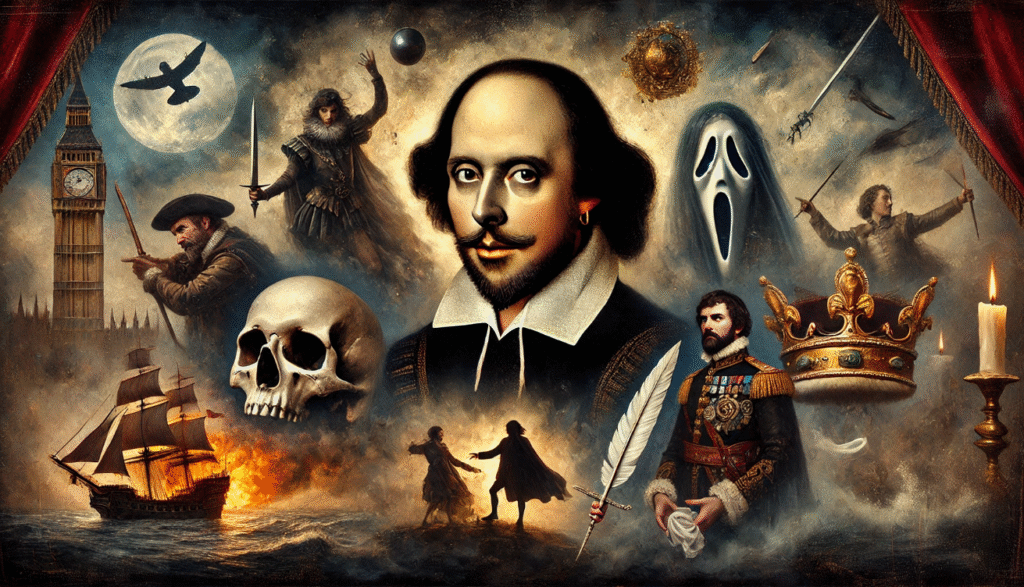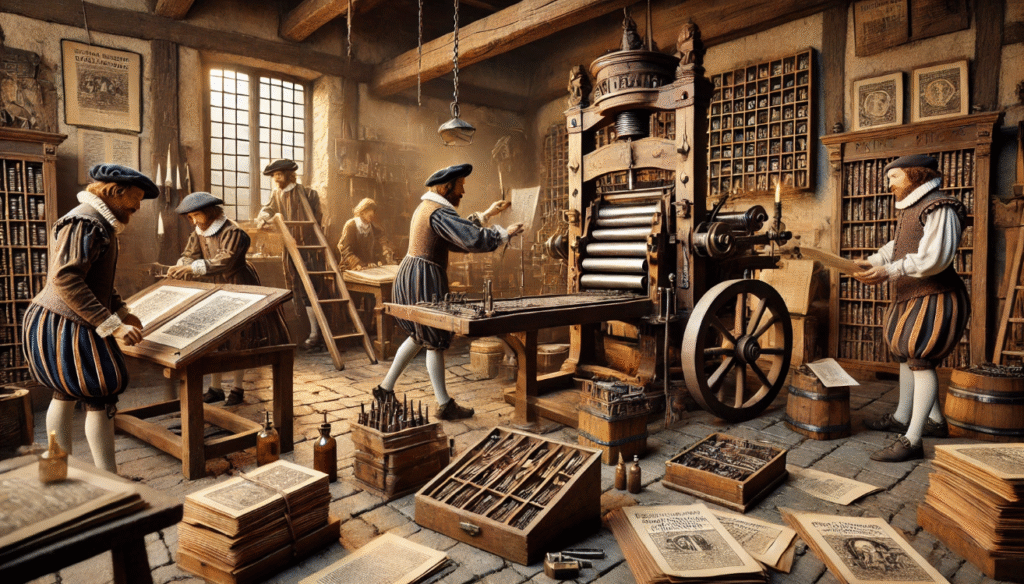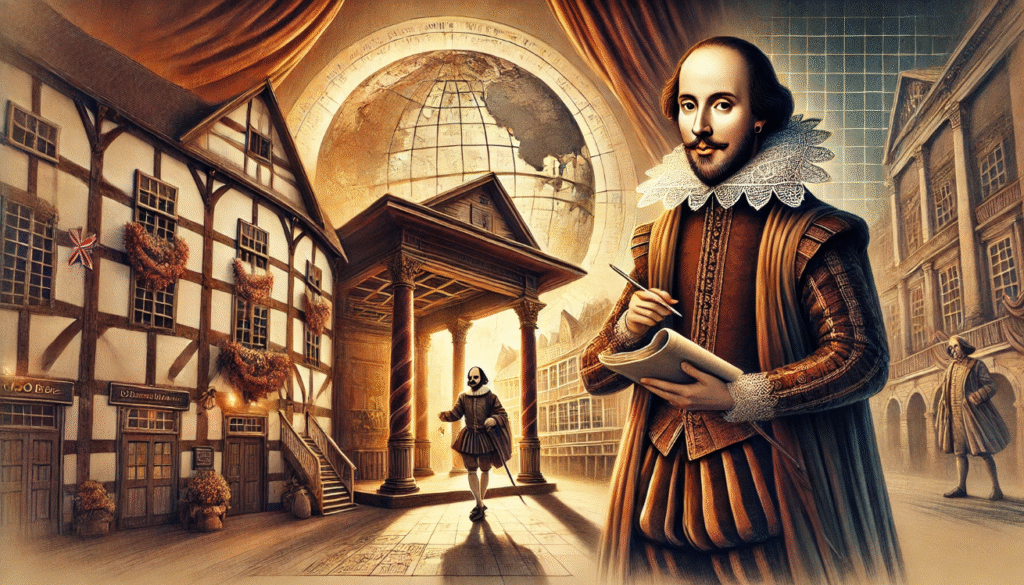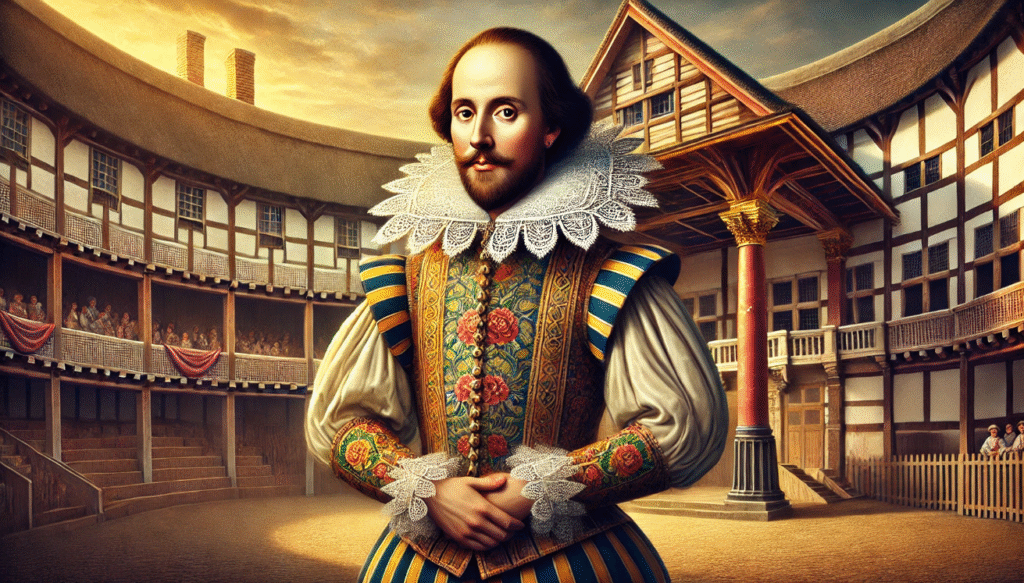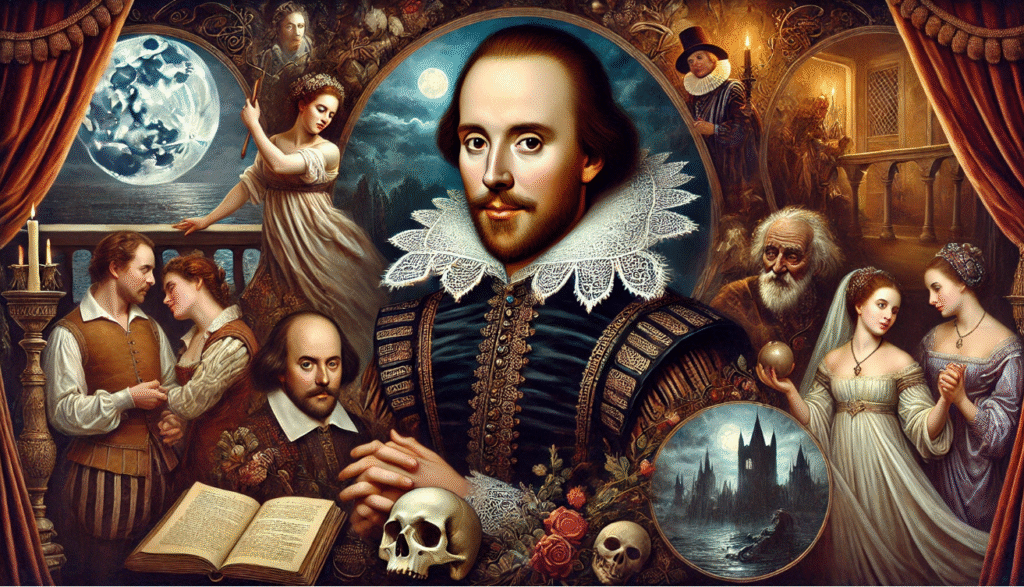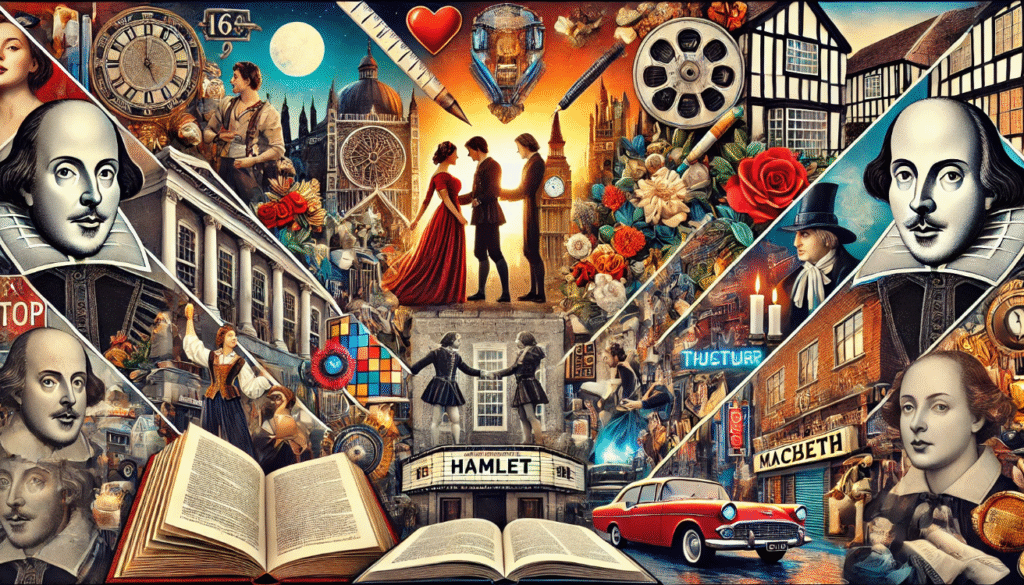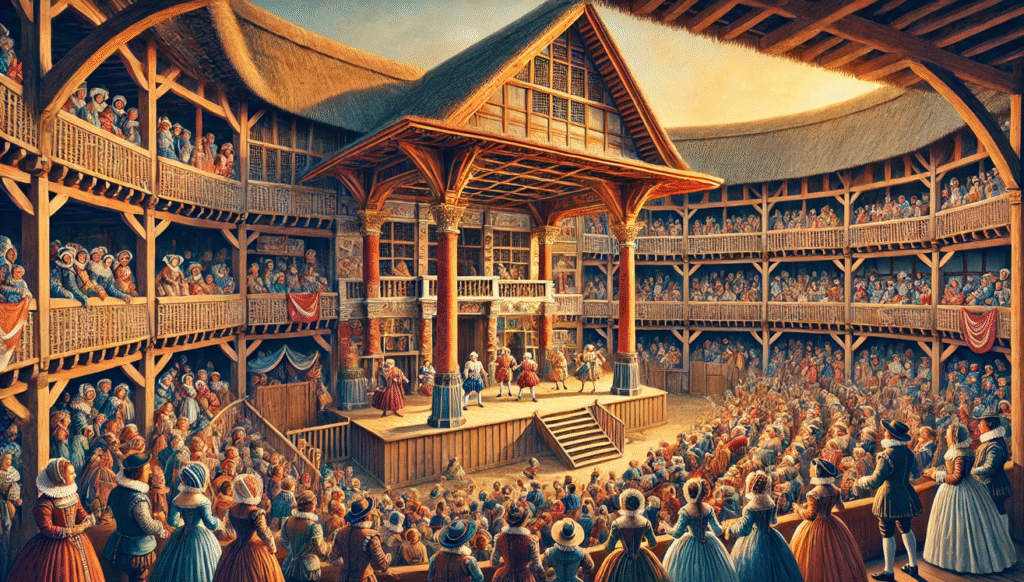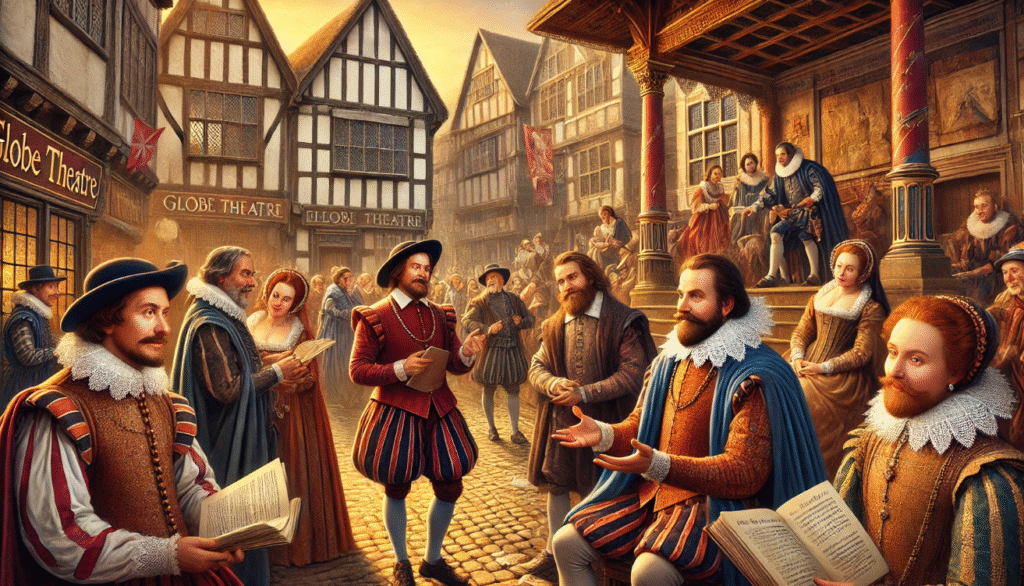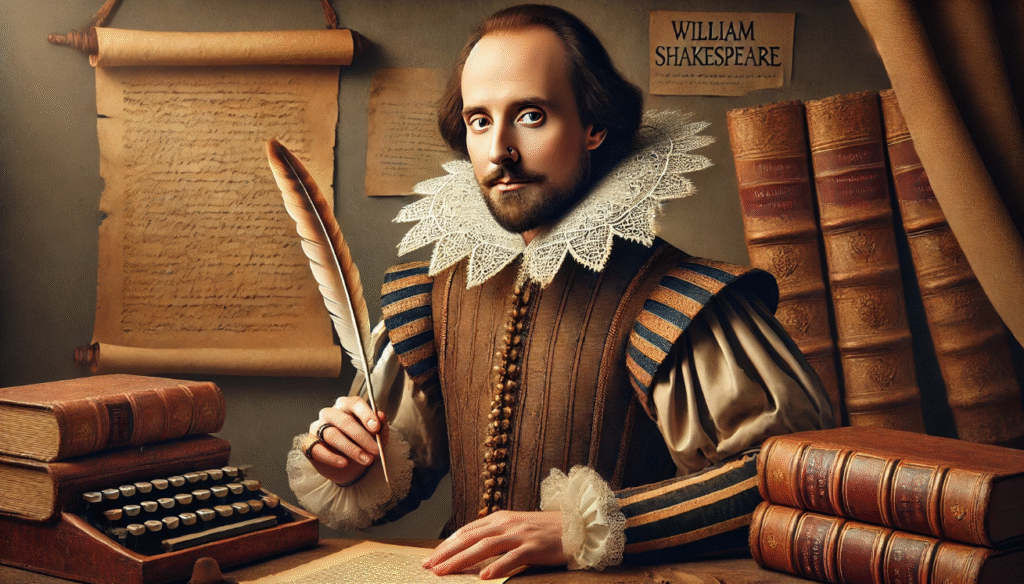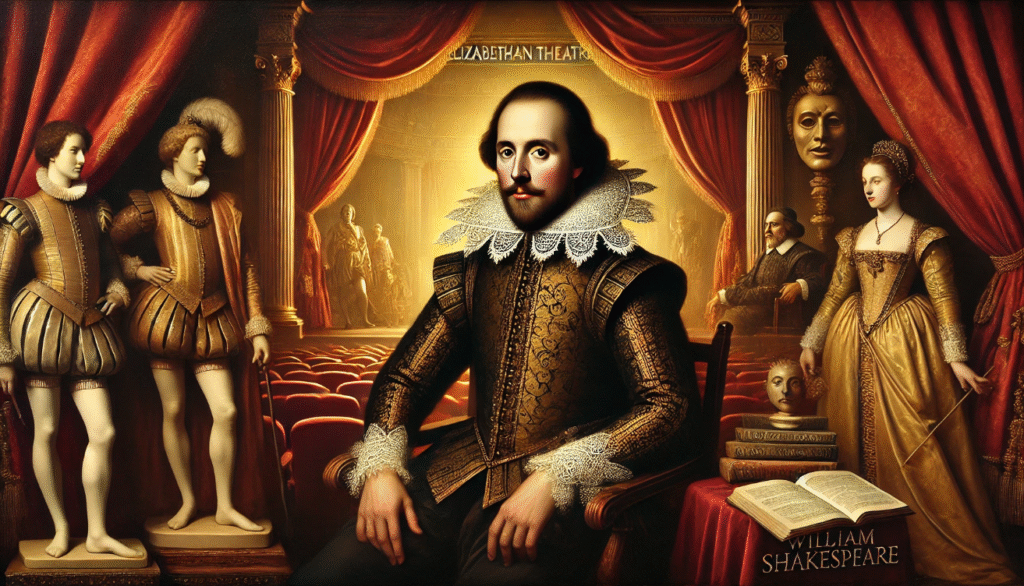 Shakespeare’s influence on modern literature was an English playwright, poet, and actor who is widely regarded as one of the greatest writers in the English language and the world’s pre-eminent dramatist. His works have been translated into every major living language and are performed more often than those of any other playwright. Shakespeare’s influence on modern literature literary significance lies in his profound understanding of human nature and his ability to capture the complexities of the human experience in his plays and poetry. His works continue to be a source of inspiration for writers, filmmakers, and artists, and his influence can be seen in modern literature and popular culture. In this article, we will explore the lasting impact of Shakespeare’s work on modern literature, including his influence on language, themes, and storytelling techniques.
Shakespeare’s influence on modern literature was an English playwright, poet, and actor who is widely regarded as one of the greatest writers in the English language and the world’s pre-eminent dramatist. His works have been translated into every major living language and are performed more often than those of any other playwright. Shakespeare’s influence on modern literature literary significance lies in his profound understanding of human nature and his ability to capture the complexities of the human experience in his plays and poetry. His works continue to be a source of inspiration for writers, filmmakers, and artists, and his influence can be seen in modern literature and popular culture. In this article, we will explore the lasting impact of Shakespeare’s work on modern literature, including his influence on language, themes, and storytelling techniques.
Shakespeare’s Timeless Themes in Modern Literature
Certainly! Some modern books that incorporate these universal themes include “The Great Gatsby” by F. Scott Fitzgerald, “The Kite Runner” by Khaled Hosseini, and “Gone Girl” by Gillian Flynn. In terms of plays, “A Streetcar Named Desire” by Tennessee Williams and “Death of a Salesman” by Arthur Miller both explore these themes. As for films, “The Social Network,” “The Wolf of Wall Street,” and “The Departed” are examples of movies that delve into love, power, betrayal, ambition, and fate. Shakespeare’s themes continue to be relevant in today’s storytelling as they touch upon fundamental aspects of Shakespeare’s influence on modern literature.
Shakespeare’s Influence on Character Development

Shakespeare created complex, multi-dimensional characters by delving deep into their psyche, motivations, and relationships with other characters. He gave them flaws, strengths, and conflicting emotions, making them relatable and human. This approach has influenced modern protagonists and antagonists in novels and plays, as writers continue to strive for well-rounded and realistic characters who drive the narrative forward with their complexity and depth. Shakespeare’s impact on character development continues to be felt in literature and theater today.
Case studies on Shakespearean-inspired characters in modern literature have shown the enduring influence of iconic figures like Hamlet and Macbeth on contemporary protagonists and antiheroes. The introspective nature of Hamlet has often been seen in modern characters who grapple with inner turmoil and existential questions, while Macbeth’s tragic downfall has left a lasting impact on the portrayal of antiheroes in literature. These case studies highlight the timeless relevance of Shakespeare’s characters and their ability to resonate with readers and writers across different time periods.
The Evolution of Language: Shakespeare’s Linguistic Legacy

Shakespeare made significant contributions to the English language by coining and popularizing numerous phrases, idioms, and words that are still in use today. Some of the most well-known examples include “break the ice,” “wild-goose chase,” “heart of gold,” “green-eyed monster,” “in a pickle,” “fashionable,” “lackluster,” and “swagger.” These expressions have become ingrained in the English language and continue to be used in everyday conversation, demonstrating the lasting impact of Shakespeare’s literary legacy.
Modern authors continue to borrow Shakespearean language and expressions in their work as a way to pay homage to the influential playwright and to infuse their writing with the timeless and poetic nature of his language. Some famous examples of books and dialogues influenced by Shakespeare’s writing style include “The Fault in Our Stars” by John Green, which references Shakespeare’s “Romeo and Juliet” in its plot and dialogue, and “A Thousand Acres” by Jane Smiley, a modern adaptation of Shakespeare’s “King Lear.
Shakespeare’s Impact on Story Structure and Narrative Techniques

The five-act play model has been an influential and enduring structure in contemporary storytelling. It provides a framework for creating compelling narratives that engage audiences and keep them invested in the story. This model has been adopted by modern novelists and playwrights, who have used it to effectively structure their works and create impactful storytelling experiences. By incorporating the five-act play model into their writing, these artists are able to build tension, develop characters, and drive the plot forward in a way that captivates readers and viewers. Overall, the influence of the five-act play model on modern storytelling has been significant, shaping the way that writers approach and craft their narratives.
Certainly! There are numerous examples of Shakespearean-inspired storytelling in novels and films. For instance, “The Lion King” draws heavily from the plot of Hamlet, with themes of betrayal, revenge, and the struggle for power. Another example is “West Side Story,” which is a modern retelling of Romeo and Juliet, featuring rival gangs instead of feuding families. Additionally, Margaret Atwood’s novel “Hag-Seed” is a contemporary adaptation of “The Tempest,” set in a prison and exploring themes of forgiveness and redemption. These adaptations showcase how Shakespeare’s timeless themes and characters continue to inspire new and innovative storytelling in various mediums.
Shakespeare’s Influence on Different Literary Genres

Shakespeare’s impact on drama, tragedy, comedy, and historical fiction has been profound and enduring. His exploration of human emotions, complex characters, and timeless themes has left an indelible mark on these genres. In literature today, the influence of Shakespeare’s genres continues to thrive. Writers continue to draw inspiration from his works, whether it’s in the form of reimagining classic tales, incorporating Shakespearean themes into their own stories, or even directly referencing his plays in their work.
Shakespeare’s Presence in Contemporary Pop Culture and Adaptations

Shakespeare’s plays have been adapted in various modern books, movies, and TV shows, offering new interpretations of his timeless stories. These adaptations often provide a fresh perspective on classic themes and characters, making them more accessible to contemporary audiences. Whether it’s setting a play in a different time period or cultural context, or reimagining characters in a new light, these adaptations continue to demonstrate the enduring relevance and universal appeal of Shakespeare’s work.
Certainly! There are many best-selling books and movies that owe their roots to the works of William Shakespeare. For example, Aldous Huxley’s Brave New World was inspired by Shakespeare’s play The Tempest. In addition, the popular teen movie 10 Things I Hate About You is a modern adaptation of Shakespeare’s The Taming of the Shrew. These examples highlight the enduring influence of Shakespeare’s work on literature and popular culture.
Shakespearean Influence on Modern Poetry and Prose

Poets and authors draw inspiration from Shakespeare’s style, metaphors, and rhythm because of the timeless and universal nature of his work. His ability to capture complex human emotions and experiences through his poetic language and use of metaphors has made his writing influential across generations. Modern poetry and prose that reflect Shakespeare’s literary techniques include the work of poets like Maya Angelou, who often used metaphors and rhythmic language to convey powerful emotions. Additionally, authors like Toni Morrison and Margaret Atwood have drawn inspiration from Shakespeare’s use of language and storytelling in their novels. These writers have adapted Shakespeare’s techniques to create their own unique and impactful works of literature.
Shakespeare’s influence in contemporary creative writing is undeniable. His works have had a profound impact on the development of storytelling, character development, and dramatic structure. Many writers continue to draw inspiration from Shakespeare’s themes, language, and timeless storytelling techniques. His influence can be seen in everything from modern adaptations of his plays to the use of his iconic quotes in literature and popular culture. Overall, Shakespeare’s influence continues to shape and enrich the landscape of contemporary creative writing.
Shakespeare’s lasting impact on modern literature is undeniable. His works have had a profound influence on storytelling, language, and the human experience. His plays and poems continue to shape today’s storytelling, with his themes of love, power, betrayal, and tragedy resonating with audiences around the world. His use of language and ability to capture the complexities of human emotion have set a standard for literary excellence that continues to be revered and emulated. Shakespeare’s literary influence remains relevant because his works continue to speak to universal truths about the human condition. His characters and stories remain relatable and timeless, and his use of language and poetic devices continues to inspire and captivate readers and writers alike.

